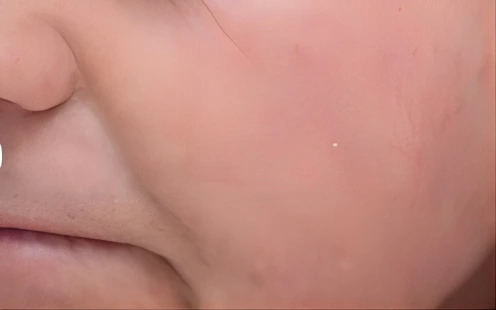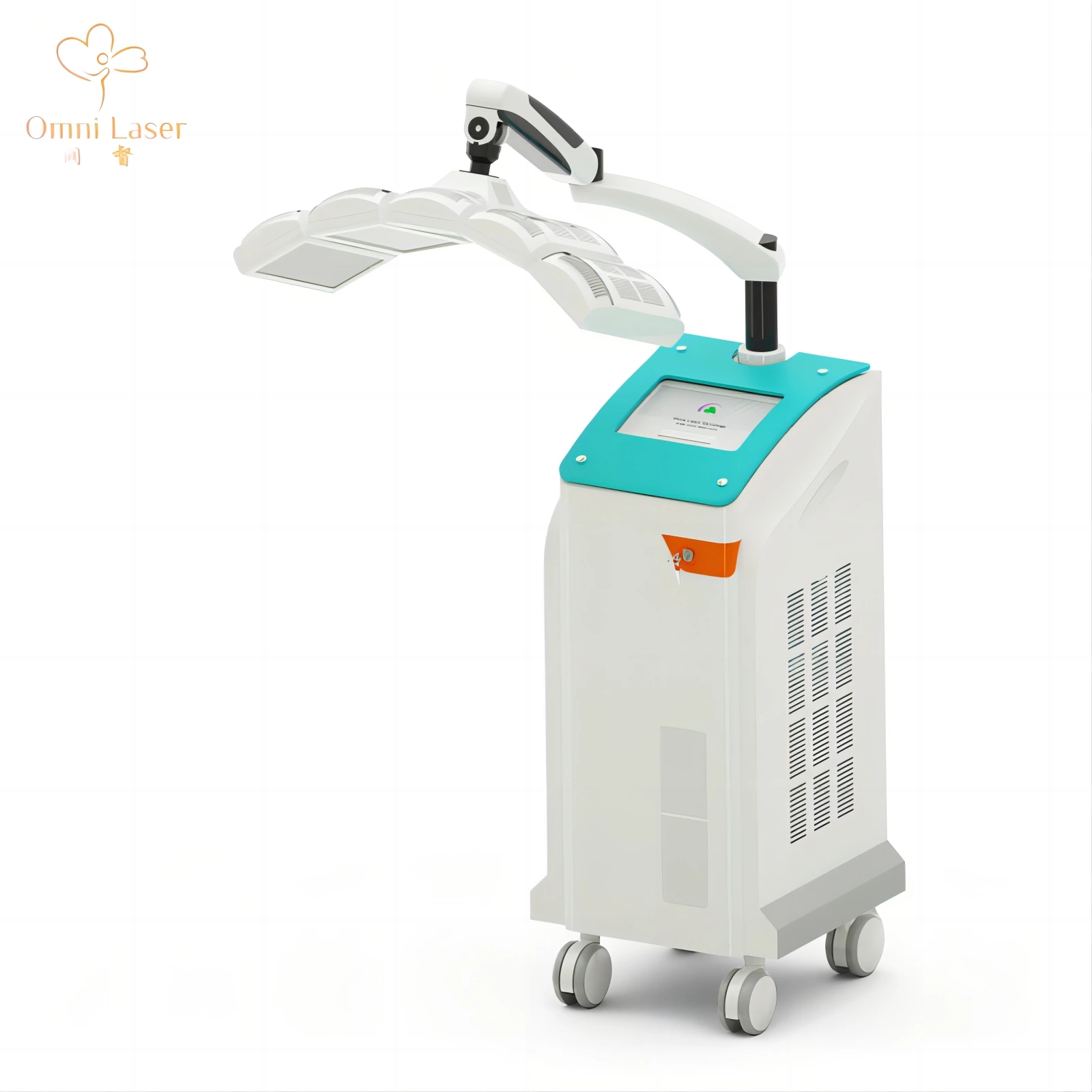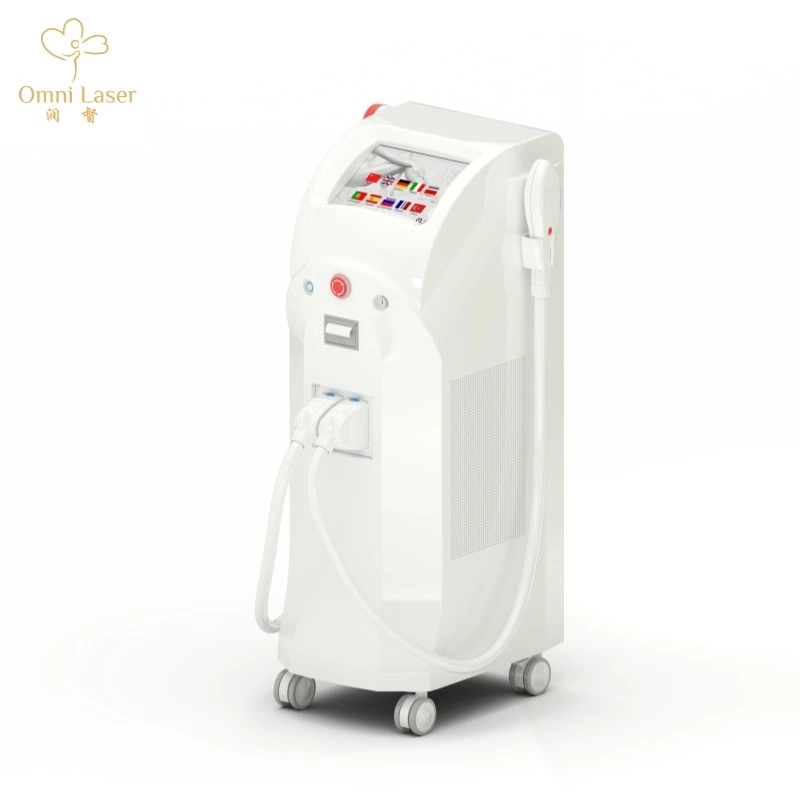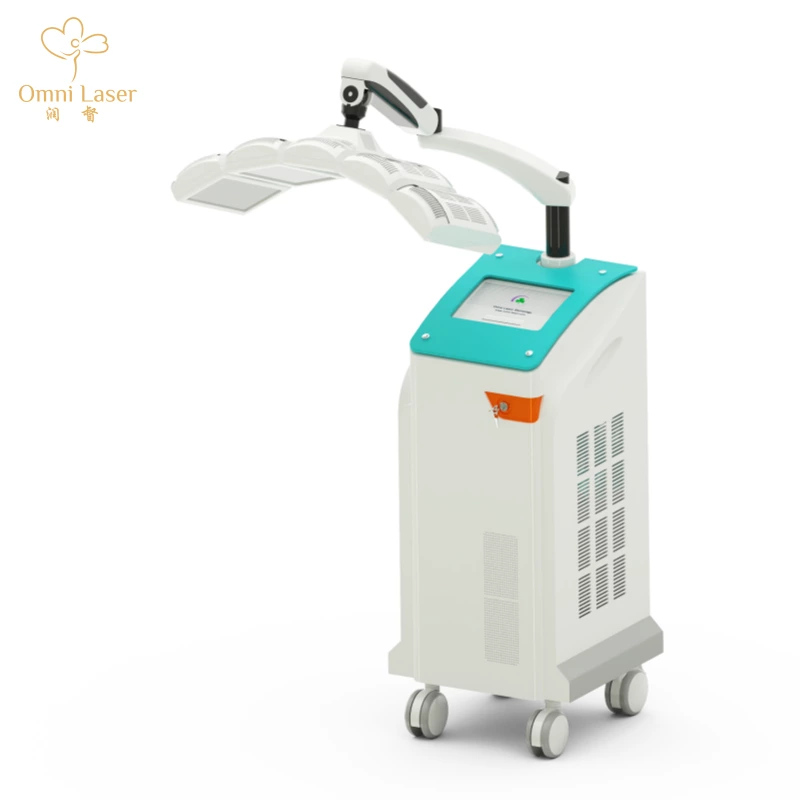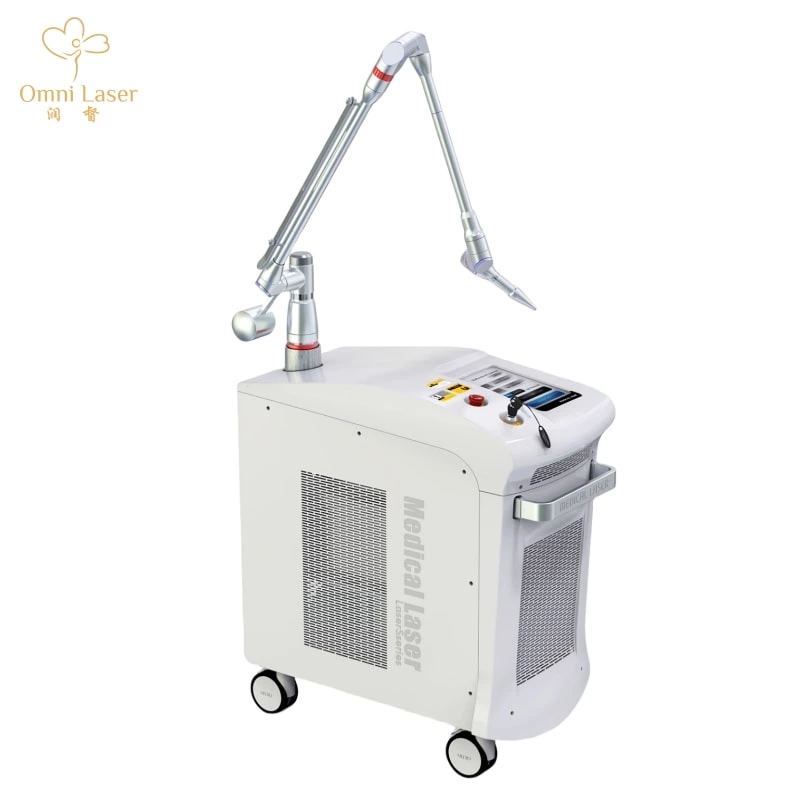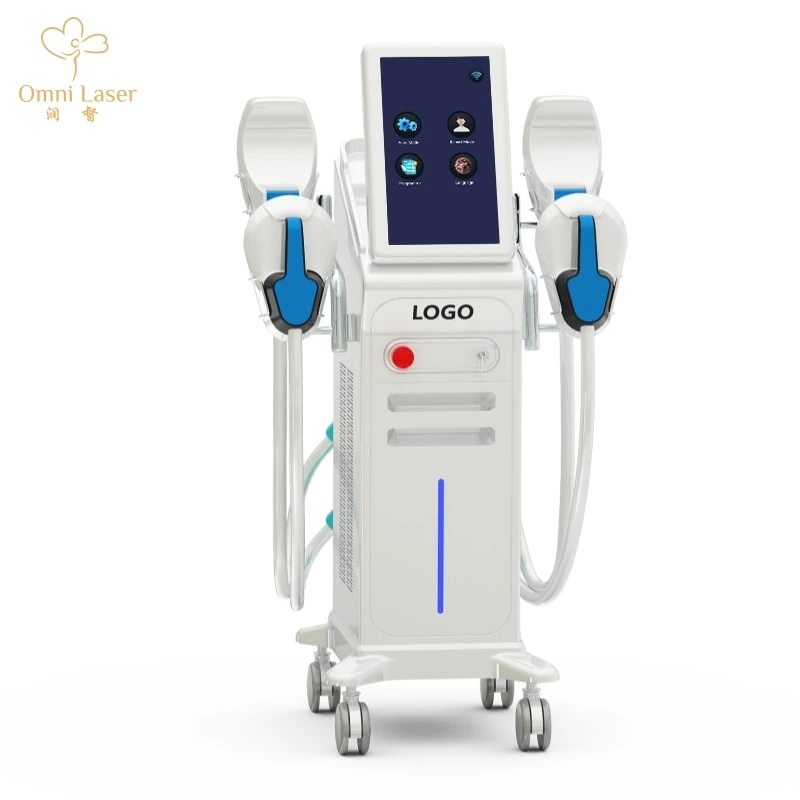What Are the Best Practices for Repairing Sensitive Skin?
Overcoming Skin Sensitivity: Repair and Renewal Techniques
What cause sensitive skin?
Genetics: Some people are born with naturally sensitive skin due to their genetic makeup.
Environmental Factors:extreme weather conditions, pollution, and exposure to harsh chemicals can also cause skin sensitivity.
Skin Disorders: Certain skin disorders like eczema, rosacea, or dermatitis can make your skin more sensitive.
Allergic Reactions: Some people may have allergic reactions to certain substances, leading to skin sensitivity.
Over-Exfoliation: Using harsh scrubs or exfoliating too often can strip the skin of its natural oils, leading to sensitivity.
Product Overuse: Using too many skincare products or using products with harsh ingredients can irritate the skin and cause sensitivity.

Recommended treatment scheme-Photo Dynamic Therapy
What is PDT?
Photodynamic Therapy (PDT) is a treatment method that uses a combination of light energy and photosensitizing medications. While it's often used to treat certain types of cancer and other health conditions such as psoriasis, acne, and infections, it can also be beneficial for repairing sensitive skin.
How does PDT works?
1.Photosensitizer Application: A photosensitizing agent is applied to the targeted area of the skin. This agent is essentially a drug that makes the skin more sensitive to light. The cream is absorbed by the skin cells over a period, usually an hour or so.
2.Light Activation: The skin is then exposed to a specific wavelength of light. This light activates the photosensitizing agent. Once activated, the photosensitizer produces a form of oxygen that can eliminate targeted cells. In terms of repairing sensitive skin, this process can help remove damaged cells that cause skin sensitivity.
3.Skin Repair and Regeneration: After the treatment, the damaged skin cells are gradually replaced by new, healthier cells. This cell turnover leads to improved skin texture and diminished skin sensitivity.
Here are the primary advantages:
1.Targeted Treatment: PDT allows for precision treatment. The photosensitizer is absorbed by unhealthy or damaged skin cells, whereas healthy cells are largely unaffected. When the light activates the photosensitizer, it selectively destroys the problematic cells.
2.Minimal Downtime: After undergoing PDT treatment, there's generally little to no downtime. You can usually return to your normal activities fairly quickly, although you should avoid direct sunlight.
3.Non-Invasive Procedure: PDT is non-invasive, meaning there's no need for incisions or injections. This minimizes potential discomfort and reduces the risk of infection or other complications associated with invasive procedures.
4.Improvement of Skin Texture and Tone: Many people find that PDT helps improve the texture and tone of their skin. By promoting the turnover of skin cells, it can help to reduce redness and inflammation common in sensitive skin, leading to healthier skin over time.
5.Repeatable Treatment: If necessary, PDT can be repeated without causing cumulative damage to the skin. This is crucial for maintaining the health and integrity of sensitive skin.
So what are you waiting for? Firmly choose our PDT products!You will be absolutely amazed at the effect after using it.
Before&After

